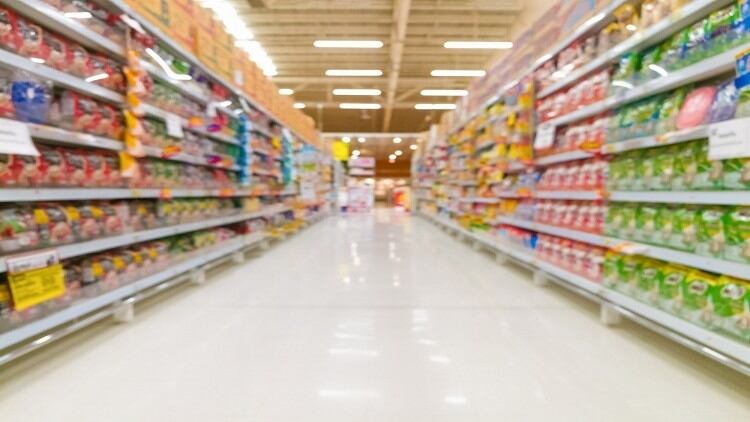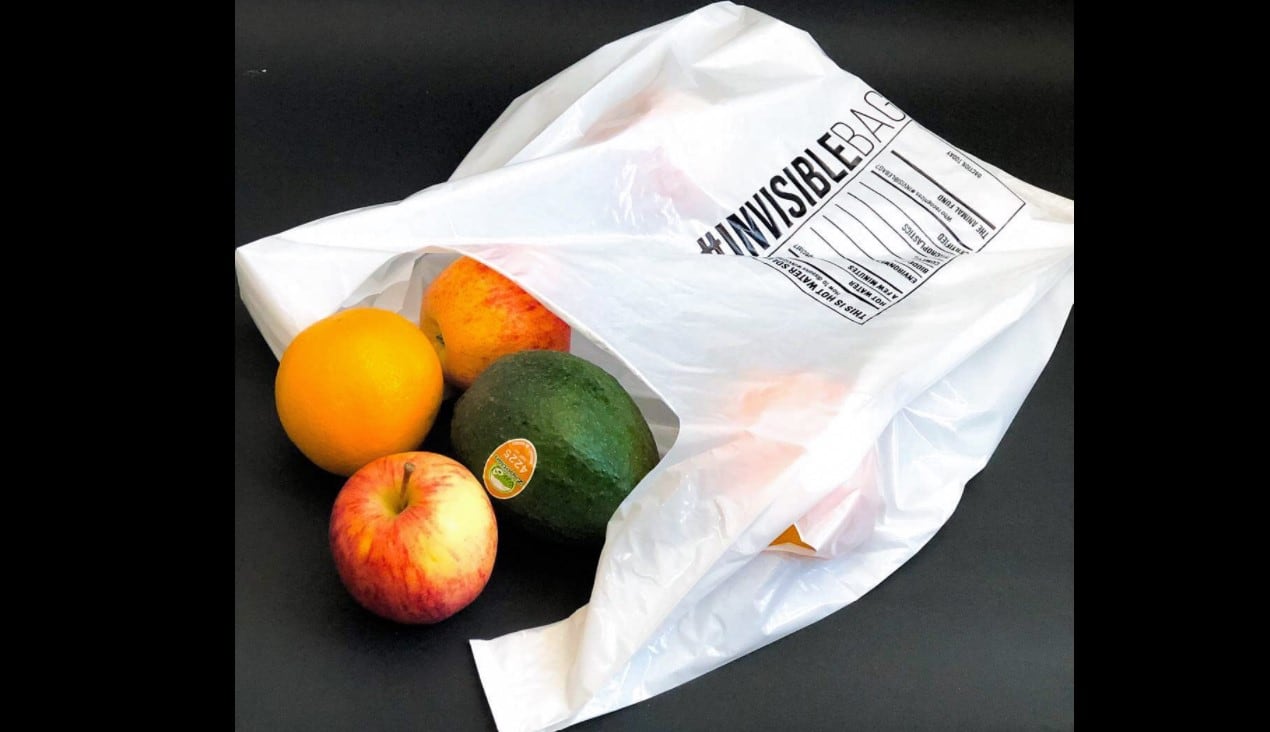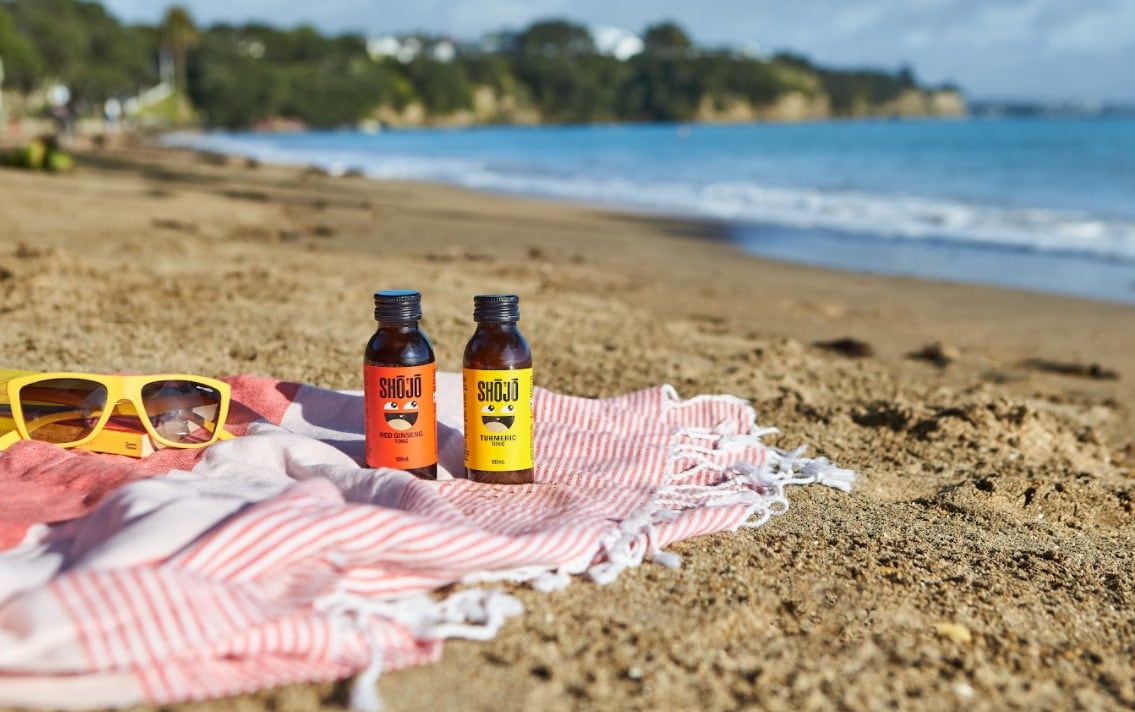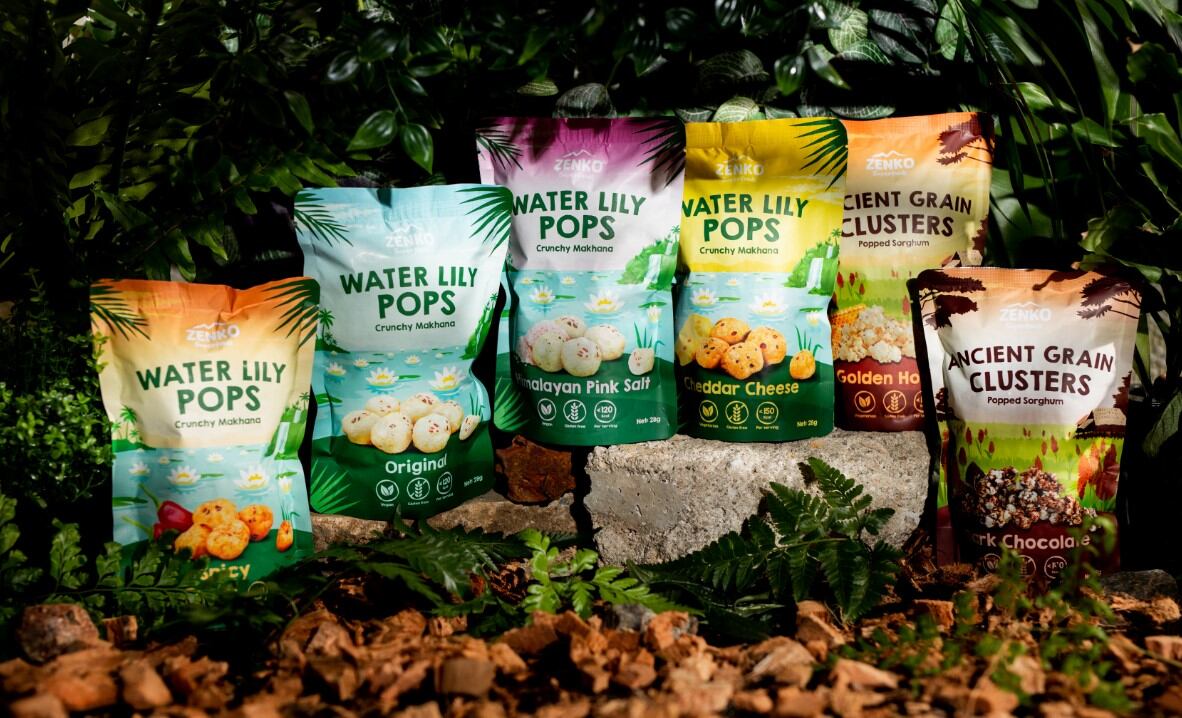This was one of the key findings of the National Supermarket Association of Japan (NSAJ)’s recently-released Supermarket Statistical Survey 2021.
The survey is published annually, and in 2021 it was conducted via mail and web surveys. NSAJ analysed feedback from 278 companies (that provided valid responses out of the total of 921 companies surveyed) running supermarkets in Japan. The survey covered the entire spectrum of potential retail stores, including small (sales floor area of less than 800m2), medium (sales floor area between 800m2 and 1,600m2), and large (sales floor area above 1,600m2) outlet sizes.
This year’s survey revealed that Japanese supermarkets have significantly increased the number of RTE products – also called ‘prepared foods’ – in the past year, and intend to do the same next year as well as the potential profits return for this category has been higher than other categories.
“RTE foods saw the highest rate of increase in the number of SKUs by product category in 2021 at 23.8%, with its closest competitor being meat and processed meat products at almost half that rate of growth with 12.3%,” said NSAJ via the survey documents.
“Over half (50.7%) of all surveyed supermarkets have stated that they intend to further increase the number of SKUs for this category in the future. This is in alignments with the highest percentage of supermarkets (35%) aiming to achieve higher profit margins via this category, with most respondents saying that the average rate of return for these has been gradually increasing.
“All other categories slated for SKU increases are also food-related such as seafood (33.8%), meat and processed meat products (31.8%) and fruits and vegetables (30.2%).”
In addition to processed foods, most supermarkets are also looking to expand their range of private label products to maximise sales, even though at present 70.6% of respondents have already established and commercialised such products.
Private label products are also called private brand in Japan, and according to the survey it is the larger retail companies that manage many stores and are situated in metropolitan areas that tend to feel the most benefits from such product lines.
“This was particularly so for private label dry food grocery items, which saw a 43.7% increase in sales this year compared to 2020, which is a high percentage,” said NSAJ.
“We know that about half of all the retail firms are planning to increase the sales of their private brand products. For food items, 58.9% of companies stated intent to increase efforts in dry food groceries and 54.1% want to increase fresh food groceries.
“It is also worth noting that private labelled brands are positioned as ‘low-priced’ (70% of retail firms use this positioning) and ‘safe and secure’ (61.5%) items, and in metropolitan areas the marketing also skews towards being ‘high-quality’ products (57.1%).”
The move to increase private brand sales is also not surprising from a profits point of view - the survey also looked at the specific benefits Japanese supermarkets have found from selling private brand products, and ‘securing gross profit’ was the number one benefit felt by respondents at 77.7%.
This was followed by ‘improved safety of products’ at 57.6% and ‘improvement of corporate brand value’ at 51.7%.
Self-payment and cashless payments on the rise
Self-payment kiosks and cashless payment methods have not been a major mode of payment in Japan for very long, and at present the percentage of supermarkets with the self-payment option stands at just around 23.5%.
This percentage is understandably higher in large companies (70.6%) that run 50 or more stores, but has not been popular amongst smaller and medium ones.
That said, NSAJ is encouraged by the survey results saying that a further 22.6% of retail firms are looking to install self-registration kiosks, particularly amongst smaller retail firms running just one to three stores where 32.1% of firms hope to do this. A further 13.3% of retailers will be increasing the number of kiosks they already have, though this is mostly dominated by larger firms (40.6%).
A separate NSAJ survey also revealed that cashless payments are on the rise in supermarkets, albeit rising at a slow rate. For example, within participating companies the use of credit card payments by consumers rose from an average of 12.5% in 2020 to 13.5% in 2021, which was an increase of 1%; whereas the use of smartphones for payments rose from 11.6% in 2020 to 12.4% in 2021, an increase of just 0.8%.
“Over half (54.9) of retailers plan to further increase the use of cashless payments, particularly smartphone payments where no extra fees are required (59.8). Retailers also feel that this method has been beneficial in helping them gain new customers and as a good COVID-19 infection control measure.
“That said, there are still some challenges which need to be overcome before this method can become widespread – 60.8% of retailers still feel that there is a heavy load on them in terms of employee education after the systems have been installed, and 48.5% have seen added load in terms of customer service as well.”





